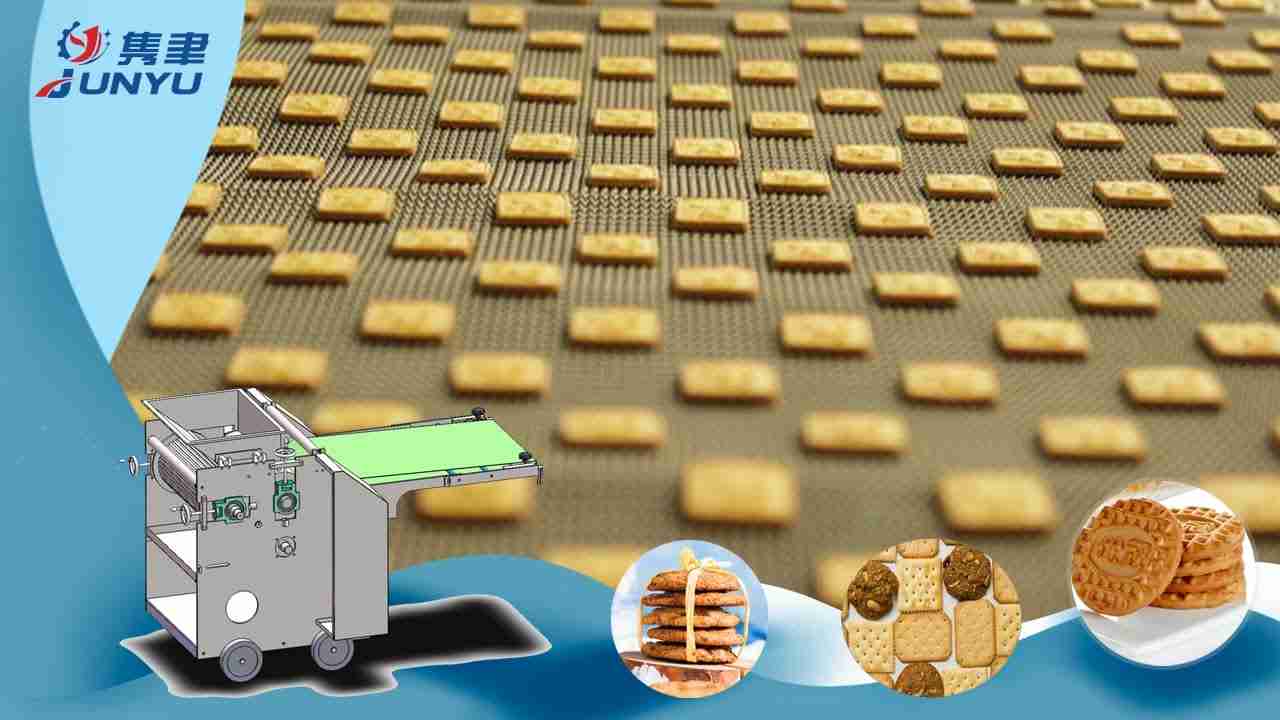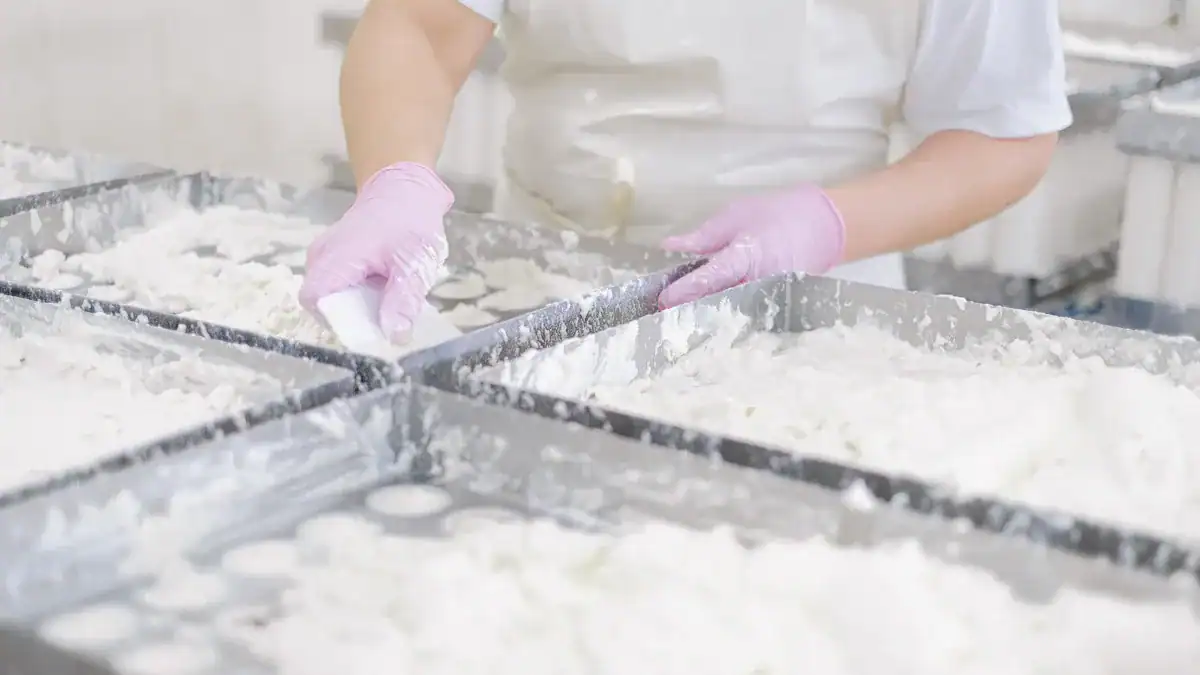Les oursons gommeux, avec leur délicieuse texture moelleuse et leurs couleurs vives, sont les bonbons préférés de beaucoup. Mais qu’est-ce qui donne à ces petites gourmandises leur texture caractéristique ? La réponse est la gélatine, un ingrédient clé dans la production d’oursons gommeux. Dans cet article, nous explorerons le rôle de la gélatine dans la création des oursons gommeux que nous aimons tous.
1. Source et composition de la gélatine
La gélatine est une protéine dérivée du collagène, présente dans les os, la peau et les tissus conjonctifs des animaux. Il est obtenu grâce à un processus d'extraction et de purification qui consiste à faire bouillir ces sous-produits animaux pour en extraire le collagène, qui forme ensuite de la gélatine en refroidissant.
2. Agent de réglage
Le rôle principal de la gélatine dans la production d’oursons gommeux est celui d’agent de prise. Lorsqu'elle est mélangée à de l'eau et chauffée, la gélatine forme une substance semblable à un gel qui fournit la structure et la rigidité nécessaires aux oursons gommeux pour conserver leur forme. Sans gélatine, les oursons gommeux ne pourraient pas conserver leur forme emblématique.
3. Texture et sensation en bouche
La gélatine contribue de manière significative à la texture et à la sensation en bouche des oursons gommeux. Cela leur confère leur moelleux et leur élasticité caractéristiques. La quantité de gélatine utilisée et le type spécifique peuvent affecter la fermeté ou la douceur des oursons gommeux.
4. Propriétés de liaison
La gélatine possède d’excellentes propriétés liantes, ce qui signifie qu’elle peut aider à maintenir les autres ingrédients ensemble. Ceci est crucial pour maintenir l’intégrité des oursons gommeux tout au long du processus de production et pendant la consommation.
5. Processus de dissolution
Au cours du processus de production des oursons gommeux, la gélatine est d’abord dissoute dans l’eau. Cette étape est essentielle car elle garantit que la gélatine est entièrement activée et prête à former un gel ferme une fois refroidie. Le mélange est chauffé à une température spécifique pour obtenir la bonne consistance.
6. Incorporation des saveurs et des couleurs
La gélatine sert de support pour incorporer des saveurs et des couleurs aux oursons gommeux. Une fois la gélatine dissoute, des arômes et des colorants peuvent être ajoutés au mélange. La gélatine aide à répartir uniformément ces ingrédients dans le bonbon.
7. Aspect nutritionnel
La gélatine est connue pour ses bienfaits nutritionnels. Il est riche en acides aminés et a été associé à divers bienfaits pour la santé, notamment une meilleure santé des articulations et une meilleure digestion. Si les oursons gommeux sont avant tout une friandise, la présence de gélatine ajoute un aspect nutritionnel à leur composition.
8. Alternatives végétaliennes et végétariennes
Pour ceux qui préfèrent ne pas consommer de gélatine pour des raisons diététiques ou éthiques, il existe des alternatives végétaliennes et végétariennes. La pectine, l'agar-agar et la carraghénane sont des alternatives végétales qui peuvent être utilisées pour imiter les propriétés gélifiantes de la gélatine des oursons gommeux.
9. Qualité et qualité de la gélatine
La qualité et le grade de Gélatine utilisé peut affecter le produit final. La gélatine de haute qualité donnera un gel plus lisse et plus clair et une meilleure texture aux oursons gommeux finis. Les fabricants choisissent souvent de la gélatine de qualité alimentaire qui répond à des normes de qualité spécifiques pour la production de confiserie.
Conclusion
La gélatine joue un rôle central dans production d'oursons gommeux, affectant non seulement leur structure et leur texture, mais également leur capacité à incorporer des saveurs et des couleurs. Comprendre la fonction de la gélatine dans la fabrication des bonbons révèle la science derrière le délice moelleux que nous apprécions. Que vous recherchiez un ours gommeux traditionnel à base de gélatine ou une alternative à base de plantes, vous découvrez le résultat des propriétés uniques de la gélatine.







